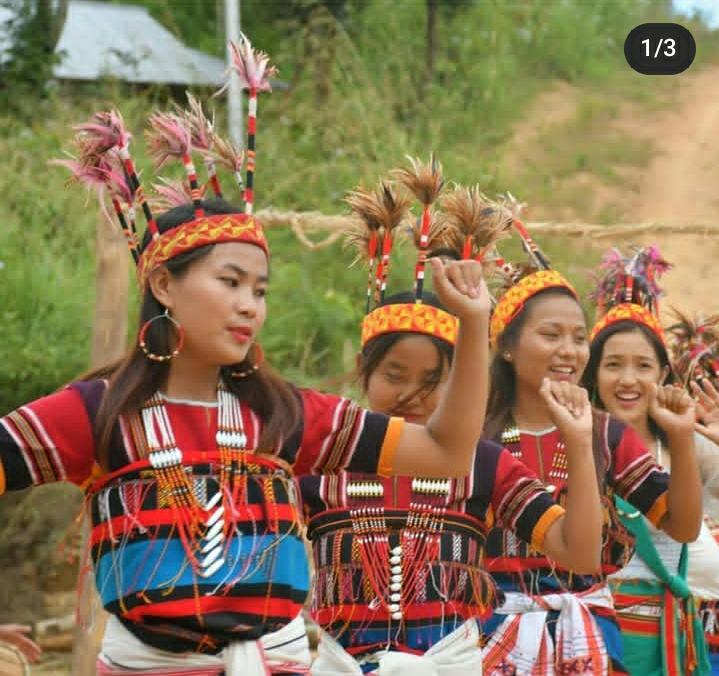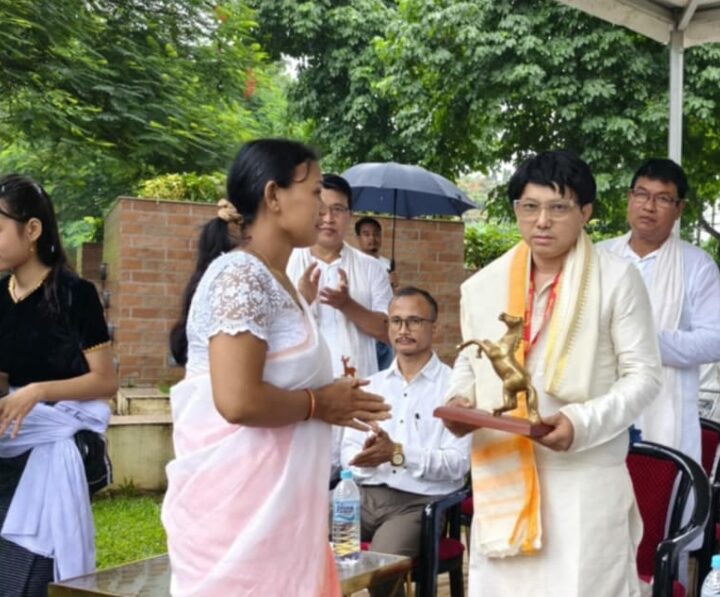
According to the UNESCO Online Atlas of the World’s Languages in Danger (2009), the Tarao tribe is considered extinct linguistically, highlighting the urgent need for revitalization efforts.
Author: Prof. Dr. Thokchom Chandramani Singh, a renowned linguist celebrated for his extensive work on endangered and lesser-known languages of India. He is the author of A Grammar of Tarao Language, Dictionary, Vocabulary & Proverb Book (2023) and the Pictorial Glossary of Tarao.
Affiliation: Manipur International University, Imphal
Abstract
The Tarao tribe is a lesser-known ethnic group residing in Manipur, India. With a population of merely 1,066 individuals as per the 2011 Census, the Tarao are considered a vanishing tribe. This paper sheds light on the unique social structure, traditions, and lifestyle of the community, while also addressing the challenges they face in preserving their cultural identity amidst a lack of constitutional recognition and support.
Introduction
The Tarao tribe is a small indigenous community concentrated in five villages of Manipur: Tarao Laimanai, Leishokching, Khuringmul, Heikakpokpi, and Sanakeithel. Despite their modest population size, the Tarao people possess a vibrant cultural legacy, with unique traditions, language, and social practices that distinguish them from other tribal groups in the region.
Social Structure
The community is traditionally structured around four principal clans—Khulpu, Katrimsha, Tlangsa, and Chanasa—further divided into eleven sub-clans. Governance at the village level is overseen by a traditional council led by the “Khullakpa” or “Chelphu,” who plays a central role in maintaining law, order, and cultural continuity.
Occupation
Agriculture remains the primary livelihood of the Tarao people, particularly through the practice of shifting cultivation, also known as Jhum. Additionally, they engage in hunting and skilled craftsmanship, including basket weaving and the use of bamboo and cane to produce utilitarian and decorative items.
Challenges
The Tarao tribe is currently grappling with the threat of extinction due to their critically low population and absence of legal protections under India’s constitutional framework. Without targeted political and academic interventions, the tribe risks losing not only its language but also its cultural identity.
Recommendations
To ensure the survival of the Tarao tribe, it is imperative for both the Government of India and the state of Manipur to extend constitutional safeguards that recognize and protect their rights. Moreover, academic institutions should undertake detailed ethnolinguistic research to document their heritage. Sustainable development initiatives that respect and preserve their natural habitat are also vital.
Conclusion
The Tarao tribe represents a unique facet of Manipur’s ethnocultural mosaic. Preserving their traditions, language, and way of life requires immediate and concerted efforts from policymakers, scholars, and the broader community. Without such action, the rich legacy of this endangered tribe may soon be lost to history.
References
-
Government of India. (2003). Scheduled Tribes of India.
-
Census of India. (2011). Population of Scheduled Tribes in Manipur.
-
Kabui, G. (n.d.). The Forgotten Tribe: Tarao.



